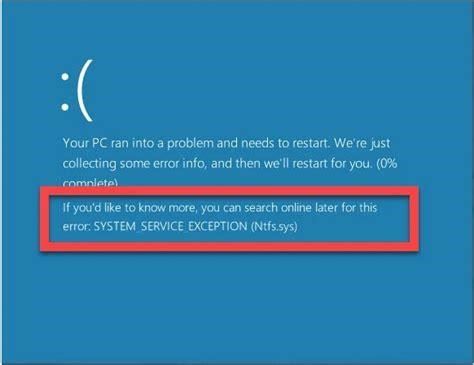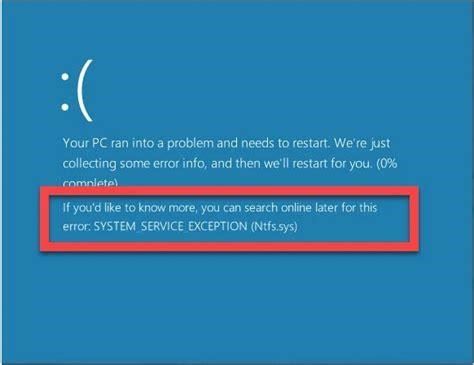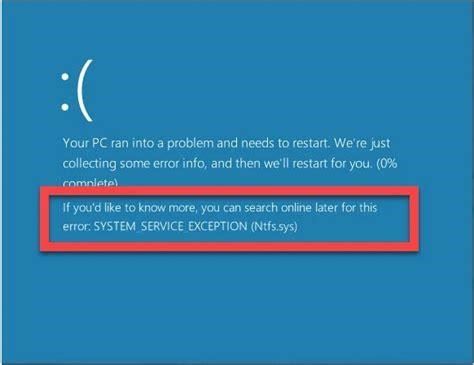Resolving Issues with Detecting Dual Monitors in Windows 10
As avid gamers and power users upgrade their setups with dual monitors, a frustrating issue can arise – Windows 10 failing to detect the second display. In this guide, we’ll explore why Windows 10 can mirror screens instead of extending the desktop to a second monitor and provide fixes to resolve the detection issues.
Common Causes Behind Windows 10 Not Detecting a Second Monitor
Several culprits could be preventing Windows 10 from detecting a second monitor:
Outdated, Buggy, or Incompatible Drivers
The most common source of dual monitor detection issues is an outdated, corrupt, or incompatible video driver. Windows relies on drivers from the graphics card manufacturer to communicate with displays. If the driver has bugs or lacks support for a monitor, Windows gets confused – often defaulting to mirroring mode.
Can a second monitor be used for work?
Other than its many utilities, a second monitor could be beneficial for work. However, despite the second monitor being connected to the system in some situations, Windows cannot detect it and sends a message like – Windows cannot detect the second monitorDidn’t detect another display.
Why can’t I see a second monitor in Windows 10?
More often than not, the inability of Windows to find the second monitor has to do with the video card. It can’t detect the second display because the video card or graphics card does not have the correct drivers of the latest drivers installed. So you need to update the display drivers for— Display adapters and Monitors.
Faulty or Low Quality Cables
It’s important to use a high quality HDMI or DisplayPort cable between the graphics card and second monitor. Lower quality cables can cause signal integrity issues. A faulty cable that isn’t properly seated in the ports can also cause Windows 10 to not detect the second display.
Incorrect Monitor Detection Settings
Sometimes Windows 10 needs a nudge to re-scan ports for newly attached displays. Clicking "Detect" in the display settings forces Windows to rescan for monitor connections.
Hardware Incompatibilities
Very occasionally, hardware incompatibilities cause issues detecting dual displays. For example, mixing certain AMD graphics cards with NVIDIA GPUs can cause conflicts.
Effective Ways to Fix Dual Monitor Detection in Windows 10
With an understanding of what causes Windows 10 to mirror screens instead of extending the desktop, we can walk through effective steps to resolve the issues:
Confirm Proper Monitor Connections
Begin troubleshooting by checking that both monitors are powered on and have proper cable connections at both ends – graphics card and monitor. If possible, swap cables to see if the issue persists.
Why does my computer not detect a second monitor?
Your system may fail to detect the second monitor if you run an outdated version of the display adapter drivers. New and OS upgraded computers come with a generic display adapter. This is a temporary setup to allow you to install the pending driver updates after setting up your PC.
Does Windows 10 have auto-detection?
Older displays are not always good with the auto-detection feature. Fortunately, Microsoft offers a force detect feature in Windows 10 to help you find and activate connected displays. Press Win + I to open Settings. Open System and then click on the Display tab in the left pane.
Can Windows 10 detect a secondary display?
Windows 10 can automatically detect all the displays connected to your system. However, you have to activate the displays manually from settings. As discussed in the basic troubleshooting part, click on Project in the action center and select the Extend or Duplicate option to activate your secondary display.
Force Windows to Detect Displays
Navigate to Settings > System > Display and click "Detect." This forces Windows to rescan ports and reconfigure the display output accordingly. While here, you can also try arranging the monitor positions to match their physical layout.
Update Graphics Drivers
Outdated graphics drivers often prevent Windows 10 from detecting monitors correctly. Updating to the latest graphics drivers from NVIDIA or AMD will include dual monitor compatibility fixes.
Roll Back Faulty Graphics Drivers
If a particular graphics driver version is known to have dual monitor bugs, roll back to a previous driver by going into Device Manager, selecting your graphics card, clicking "Driver" tab and then "Roll Back Driver."
Change DisplayPort Version
Some graphics cards and monitors require toggling DisplayPort versions for proper dual screen detection. Adjust version settings in the monitor OSD and graphics card control panel.
When to Call in a PC Technician
If you’ve tried the above steps exhaustively and Windows 10 still won’t detect a second monitor, there could be underlying hardware faults. Reach out to a professional PC technician for advanced diagnosis and parts replacement if needed.
How do I fix a secondary monitor not working on Windows 10?
Type devmgmt.msc in the Run box and click OK. In Device Manager, click on Action and select Scan for hardware changes. Windows will scan your system for connected devices and install the necessary drivers. Once done, your secondary monitor will detect and work without any issues. 4. Update Display Adapter Driver
Why is my monitor not showing up on Windows 10?
When your desktop or laptop does not detect the second external display, it could be a software problem, but it might also be an issue with the physical connection or the monitor itself. If the monitor does not show up in the settings, use these steps before messing around with the configuration settings on Windows 10:
How do I check if a display is connected to Windows 10?
Windows will scan for any connected but undetected display and show it under the Display section. Once detected, make sure the Multiple display drop-down is set to Extend these displays or Duplicate these displays. If you set it to Show only on 2 or Show only on 1, only one of your displays will be active.
How do I know if a monitor is connected to my computer?
In the “Display Settings” window, you will see a diagram of displays currently connected to your computer. If your second monitor is not detected, it won’t appear. Now click “Detect” and any available monitor will pop up. If you’re using Windows 10, the process is exactly the same. You’ll find this window under Start > Settings > Display.
Preventing Future Dual Monitor Detection Issues
Once resolved, a few simple habits will prevent headaches down the road:
- Keep graphics drivers updated.
- Use high quality DisplayPort/HDMI cables.
- Arrange monitors to match physical layout.
- Update monitor firmware when available.
By following best practices, you can take full advantage of dual monitors for extended desktop real estate in Windows 10. Let us know in the comments if you have any lingering issues getting Windows to detect a second display!
References
- https://www.drivereasy.com/knowledge/fix-windows-10-not-detecting-second-monitor-solved/
- https://softwarekeep.com/help-center/windows-10-second-monitor
Why is my monitor not showing up in my sound devices?
Make sure you double-check the playback device list if your monitor is not showing up in your sound devices. Some users said to update your HD Audio Device if your W indows 10 HDMI audio is not detected.
How do I troubleshoot Windows 10 external monitors?
Before considering troubleshooting options, make sure your device is up to date. Select Start > Settings > Update & Security > Windows Update , then select Check for updates. If you need help setting up your external monitors, see How to use multiple monitors in Windows 10.




